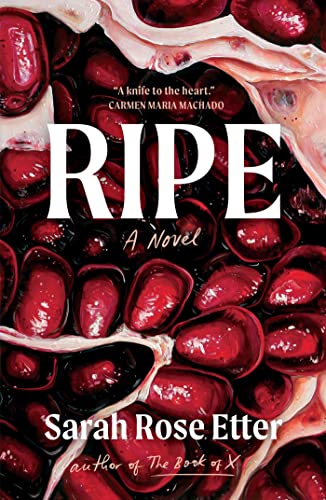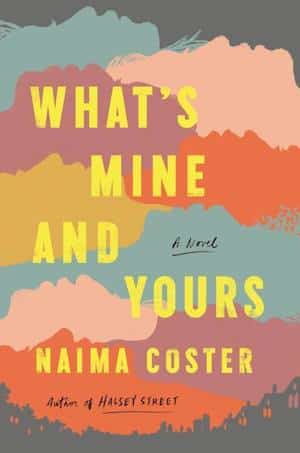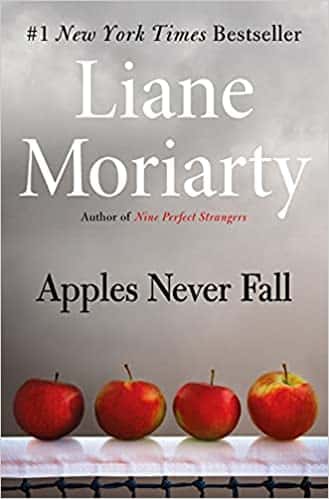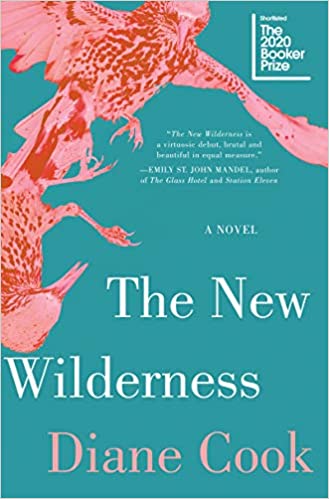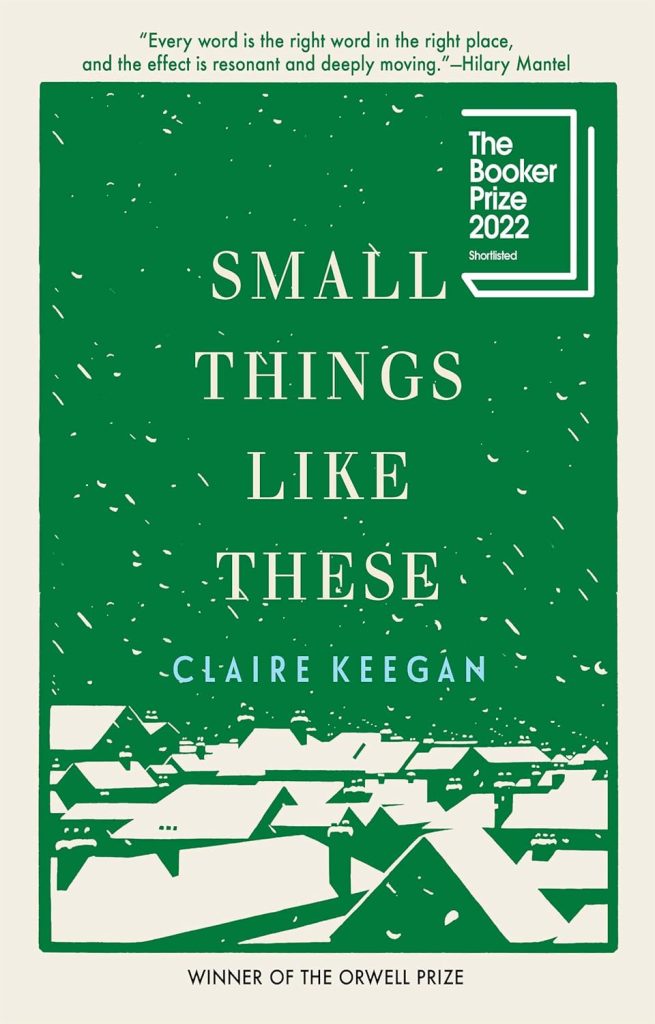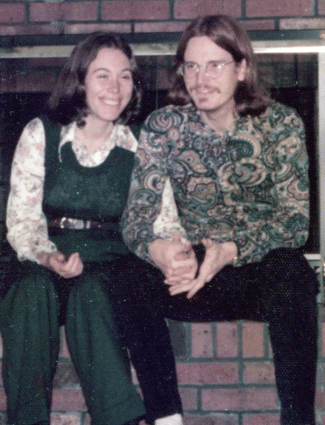
Sharing Jan’s Love Newsletter September Issue is Online!
Estimated reading time: 1 minute, 7 secondsThe September issue includes articles on:
- Honeymoon Camping – “I am just looking for America while my wonderful husband drives us on our honeymoon.” Jan began singing America as I smiled at my beautiful wife.”, and
- I See a Ghost! – “Saved by Love, I now have a second chance to live a responsible and meaningful life.”
Both are stories about our love, faith, and family journey.
Short stream posts on:
- Wes in Two-Months-Old,
- My Guardian Angel,
- One Soul, One Love
- One Breath at a Time!
- The Second Mountain
- Who Am I Without Jan?
- And more.
I have reviewed recent books:
- The Last White Man by Mohsin Hamid
- Thrust by Lidia Yuknavitch
- Sea of Tranquility by Emily St. John Mandel
- Dragony Rising by Michael Stephen Daigle.
Please consider making a Donation to The Jan Lilien Education Fund! Gifts made this month; I will match dollar-for-dollar.
Enjoy this issue and share it with anyone who might be interested.
The Jan Lilien Education Fund sponsors ongoing sustainability and environmental awareness programs. Gifts made this month; I will match dollar-for-dollar. All donations are tax-deductible.
I receive a commission when you buy a book or product using a link on this page. Thank you for supporting Sharing Jan’s Love blog.




